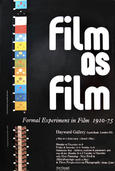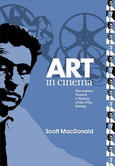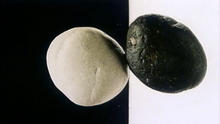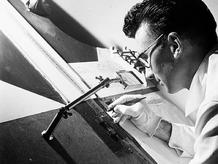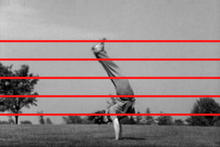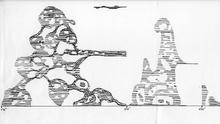J. S. Bach: Fantasy in G minor
(1965)by Jan Švankmaker, his second short, is as close as he has come to a musical testimony. Less conventional filmic homage than an act of communion between sound and image.
As a lonesome organist unfolds Bach's composition from a derelict loft, Jan Švankmaker lets loose his own fantasia of quasi-animate architectural motifs: bars, bannisters, gates and locks. Perforations blister open in solid walls; doors swing open into darkness, further empty rooms; the film thrums with the counterpointed ideas of passageway and its impediment, spiritual mobility and the material weight of the world.
Source: Nick Bradshaw
Jan Švankmaker’s second film, entitled Johann Sebastian Bach: Fantasy in G minor, is a stylish, black and white film which shows a man playing the titular track by Johann Sebastian Bach. As he does, everything around him changes. Cracks open up in walls before closing again, doors open and shut, and off images intertwine with each other. The film, at around ten minutes, is the most visually arresting film I’ve seen from Švankmajer so far, even if it is a little different from the usual vivid, odd, and off-kilter style that I’ve become accustomed to. Shot in beautiful, if slightly sinister, black and white with film noir sensibilities (even if the plot – if there is a plot – is so not noir, the style and use of long, drawn out shadows in the first segment as the man stalks towards his piano definitely is). The surrealism sequences, where things around the player begin to change, are equally as arresting. It’s wonderful to watch, and almost entrancing. For ten minutes, my eyes were stuck to the screen. Although little to nothing makes sense at first look, Švankmajer creates a beautiful and hypnotic ten minutes of cinema that prods at the brain whilst tugging at the senses.
Source: The Complete Jan Švankmajer

